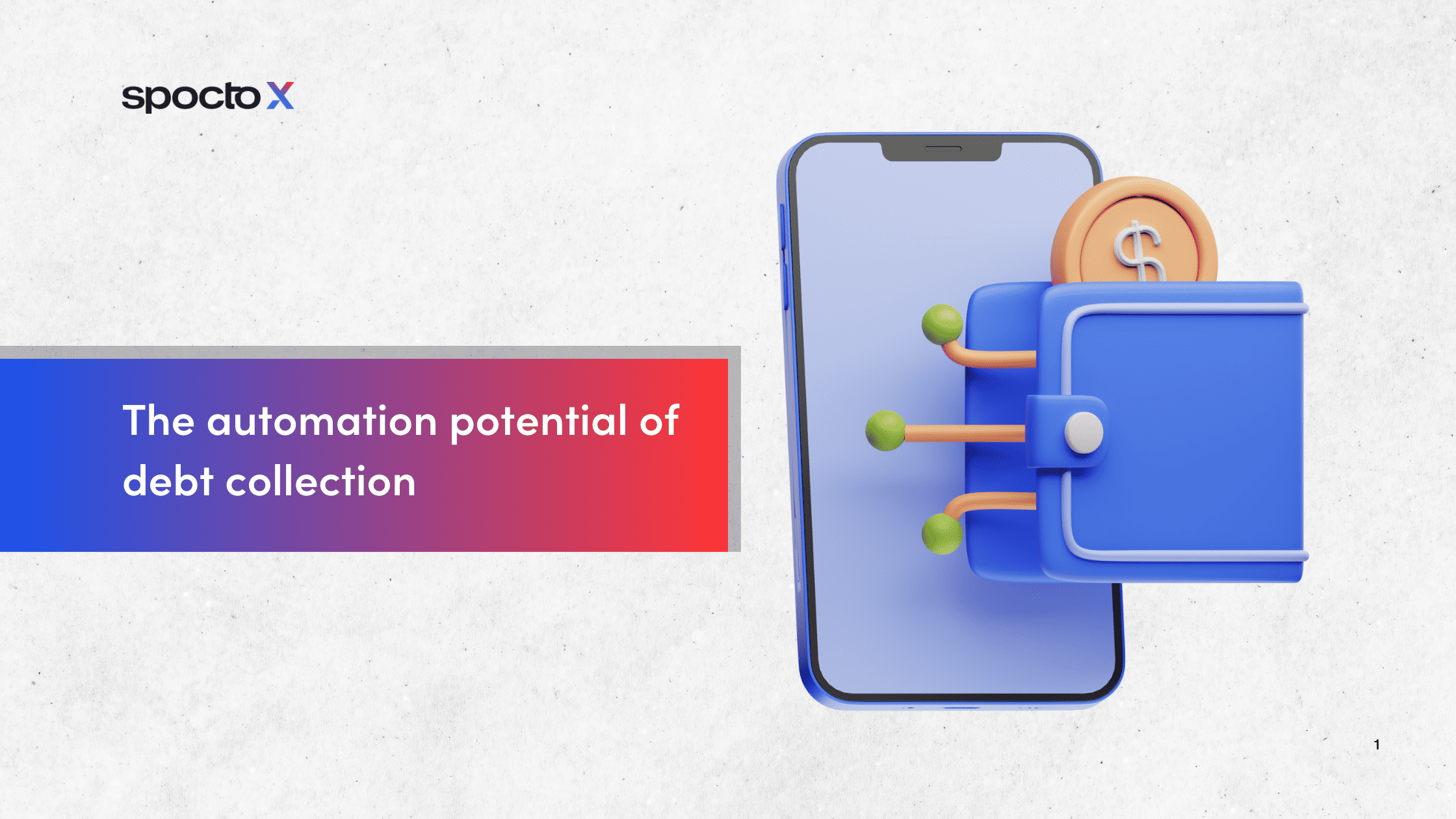The automation potential of debt collection

The automation potential of debt collection

The regulation of debt collection practices in India can be backtracked to the establishment of Debt Recovery Tribunals (DRTs) and their appellate counterparts. These new entities were tasked with cutting through the bureaucratic thickets and delivering swift justice in debt recovery cases. With their arrival, the once slow and cumbersome process of recovering debts was streamlined, offering a more efficient path for financial institutions to reclaim what was rightfully theirs.
Almost a decade after that, the Securitisation and Reconstruction of Financial Assets and Enforcement of Security Interest (SARFAESI) Act (2002) surfaced, taking some load off the tribunals and enabling banks and financial institutions to enforce security interests without the need for court intervention.
To bring more order to the chaos, the Insolvency and Bankruptcy Code (2016) proposed a consolidated framework for resolving insolvencies, guidelines for which were previously scattered across multiple legislations. While these laws have laid a basic foundation of the debt recovery process, the ground level demands a recurring catch-up in order to be in sync with the constantly evolving lending ecosystem.
To adapt to the fast paced and widely expansive credit market, the finance industry has seen a digital shift in many aspects of the credit landscape. India saw a meteoric rise in the adoption of digital banking during the pandemic, when people were bound to their houses and minimal physical contact was preferred. Further fuelled by accessible telecommunications and UPI, the financial year 2023 recorded a whopping 114 billion digital payments across the country.
With the newer generation preferring online methods of interaction involving minimal direct personal contact, digital channels of banking propose hassle-free financial services from the convenience of one’s home, at a single click. The general crowd preferring to go cashless, India at present holds the top spot for digital transactions in the world.
But while numbers for digital banking are soaring high, the figures aren’t uniform throughout all the processes of banking. On one hand, India’s digital lending market is believed to grow to $515 Billion by 2023 – while on the other, digital debt collection seems to be at a nascent stage, still in its foundational years. Even today, collections seem to be predominantly a physical process consisting of call service centers and ground-level visits by field agents.
Hence, the question stands – why has debt recovery not been automated in the same manner as its bankingfinancial counterparts? The immense automation potential of debt collection is largely untapped – making routine tasks labor intensive, inefficient and tiresome.
For starters, adopting digital methods of debt recovery can tackle these age-old problems for financial institutions.
Contacting the customer via an in-person visit should come far-down the funnel of reaching out to them, likely as a last resort. An automated system that sends out alerts and intimations via push notifications, text messages and emails eliminates the need for intrusive phone calls for basic levels of communication, such as payment reminders, as is preferred by people these days.
Much manpower is required to constantly keep up with regulatory frameworks and compliances that keep changing with respect to new laws and diktats by the RBI. An online framework that keeps updating at regular intervals would make abidance to such compliances a much easier task and would make its implementation a simpler process.
Navigating through cultural differences poses a huge challenge when it comes to banking in a country as diverse as India. There is great variation every few miles not only in social and cultural aspects but also in business practices and acumen.
Manually, the solution demands that officials be fluent in multiple languages or have access to some translation device at all times. On the other hand, AI tools can be leveraged effectively to communicate in vernacular languages. Apart from being an enabler, tools like these promote the idea of financial inclusion and bring credit to the last mile.
Digital debt recovery systems streamline processes with automated workflows and standardized procedures, drastically cutting down the time required for each step. Unlike physical methods, which can vary widely in execution and efficiency, digital solutions ensure uniform handling of cases, improving overall time management.
Digital platforms allow for advanced segmentation of customers based on various data points, enabling more personalized and effective debt recovery strategies. In contrast, physical methods often rely on a one-size-fits-all approach, which can be less effective in addressing the specific needs and circumstances of individual debtors.
Digital tools simplify the training of Debt Recovery Agents (DRAs) by providing interactive modules and real-time support, leading to quicker and more effective onboarding. Physical methods may involve more manual, time-consuming training processes and less immediate access to updated information.
Digital debt recovery solutions leverage predictive analytics to forecast trends and outcomes, helping to prioritize cases and strategies effectively. Physical methods lack this capability, often leading to less informed decision-making and missed opportunities for proactive debt management.
Utilizing digital platforms reduces operational costs and makes debt recovery more economical than traditional physical methods and ensures effective resource utilization.
Mckinsey highlighted in one of its articles that a digital debt collection mechanism could help financial institutions build resilience against delinquencies and credit losses, deriving key insights from the past where physical debt recovery has led to sporadic collections. For a sustainable solution, a digital path seems like the right way forward – not just from a customer experience perspective but also from a business standpoint – to move towards a more effective and timely method of debt collection.